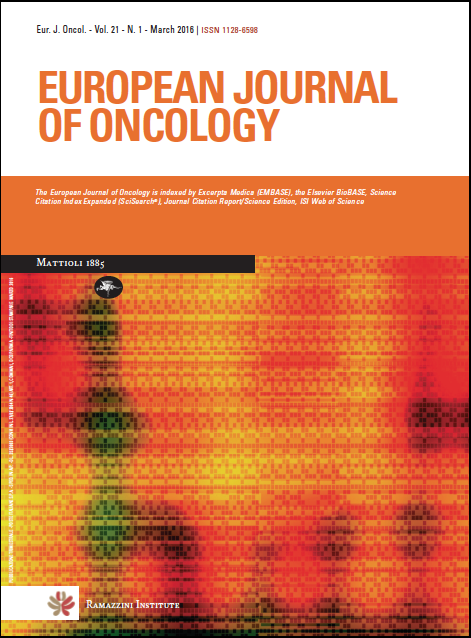Learning from Bernardino Ramazzini, a tribute to the Magister from Carpi and to the Fellows of the Collegium Ramazzini
Keywords:
clinical examination, environmental exposure, epidemiology, etiology, methylmercury compounds, occupational diseaseAbstract
Bernardino Ramazzini became famous as the author of the first textbook on occupational medicine, but his lasting importance to medicine and public health also includes his logical approach to medical diagnosis and prevention. While relying on background evidence, he explored the patient’s environment and learned from the victim before recommending preventive intervention. This approach was later adopted by Irving J. Selikoff, and it has helped gaining insight into modern impacts of environmental pollution. A prime example is mercury, a hazard that already Ramazzini examined. Recent experience on this pollutant has disclosed that epidemiological findings easily underestimate the extent of exposure-related adverse effects. In their publications, scientists often use hedged language that may be misunderstood and misused, especially by vested interests. Mounting scientific evidence on mercury and other exposures has led to the recognition of the developmental origin of health and disease as an important paradigm that emphasizes the extreme vulnerability during early life-stages, where especially the developing brain is now known to be a key target organ for neurotoxicants, such as methylmercury. Had Bernardino Ramazzini been around today, he would have used his logical approach to focus on the health of the next generation.
Downloads
Published
Issue
Section
License
OPEN ACCESS
All the articles of the European Journal of Oncology and Environmental Health are published with open access under the CC-BY Creative Commons attribution license (the current version is CC-BY, version 4.0 http://creativecommons.org/licenses/by/4.0/). This means that the author(s) retain copyright, but the content is free to download, distribute and adapt for commercial or non-commercial purposes, given appropriate attribution to the original article.
The articles in the previous edition of the Journal (European Journal of Oncology) are made available online with open access under the CC-BY Creative Commons attribution license (the current version is CC-BY, version 4.0 http://creativecommons.org/licenses/by/4.0/).
Upon submission, author(s) grant the Journal the license to publish their original unpublished work within one year, and the non exclusive right to display, store, copy and reuse the content. The CC-BY Creative Commons attribution license enables anyone to use the publication freely, given appropriate attribution to the author(s) and citing the Journal as the original publisher. The CC-BY Creative Commons attribution license does not apply to third-party materials that display a copyright notice to prohibit copying. Unless the third-party content is also subject to a CC-BY Creative Commons attribution license, or an equally permissive license, the author(s) must comply with any third-party copyright notices.

